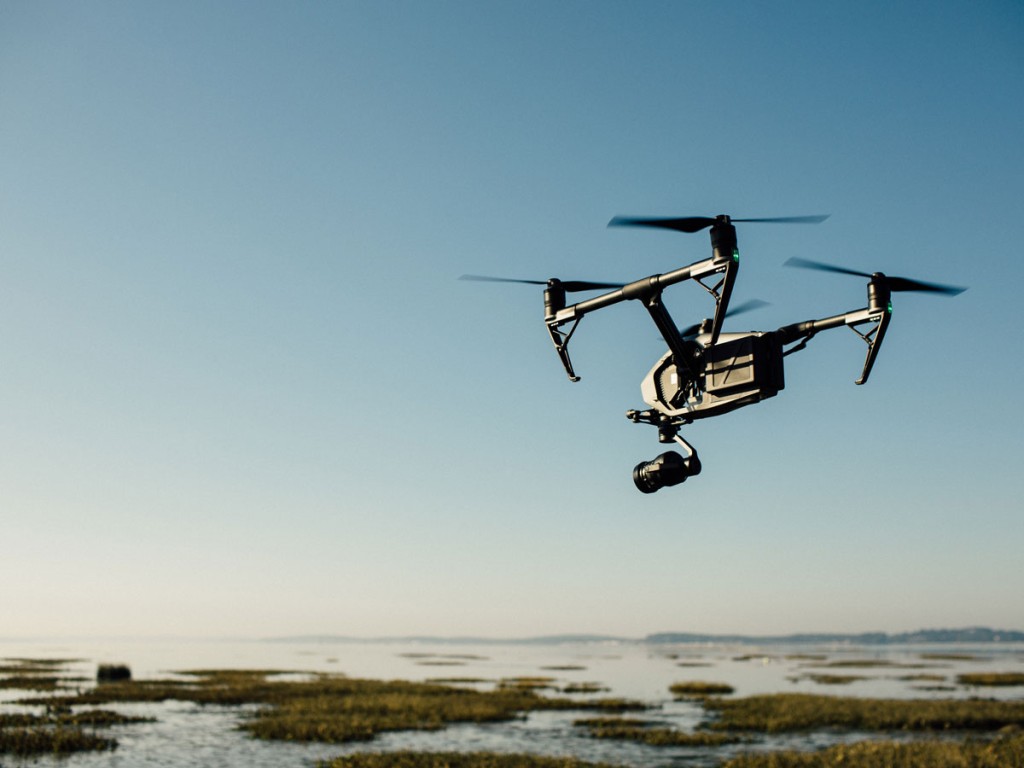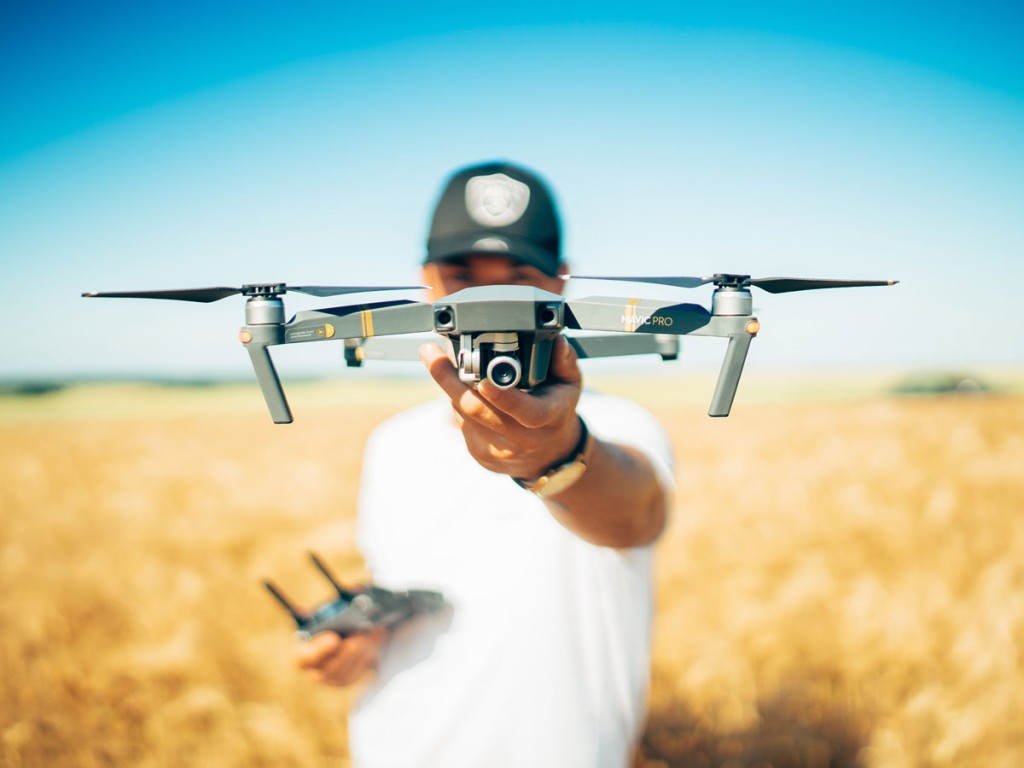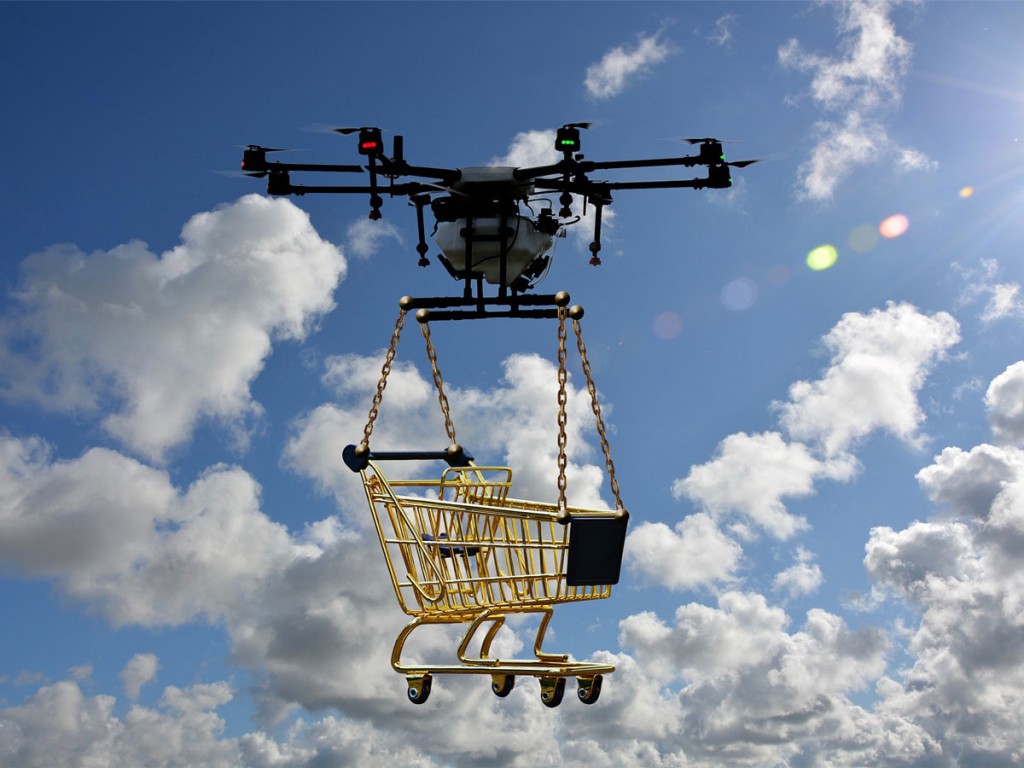
The logistics industry is the leader of the pack when it comes to using drones. Although still not fully developed, there are plenty of potential use cases of cargo UAVs (Unmanned Aerial Vehicles). So, today we're talking about the future of drones in transportation and logistics.
In the last few years, the competition to launch passenger drones caught the eye of the public. And there's no surprise here. At the end of the day, the idea is both fun and convenient. However, the real progress when it comes to these is happening in the logistics sector.
And the best thing is that these can be used in numerous industries. As a matter of fact, drones are affecting the construction industry already. But let's see what we can expect in the future.

The civil drone market
Most people aren't aware of the wide variety of applications non-military Most people aren't aware of the wide variety of applications non-military drones could have. However, this is bound to change. Just a few years from now, we'll be used to seeing drone delivery vans and taxis all ll hese are infrastructure, environment, and transportation. Each of these categories could easily change what we think the conventional ways of doing certain tasks are. Some of the applications are already well-developed. And because of them, many new sub-industries are growing.
As you can expect, the civil drone market is on a fast track. Experts suggest that it will experience a growth of around 11% in the next five to six years. Many industries, the moving industry included, will have a lot of benefits, especially cost-wise. So, you shouldn't be surprised if the next time you decide to move and call homegrownmoving.com, they ask you if your preferred way of relocation would be with a regular truck or a UAV.
Drones in logistics
As we already mentioned, logistics is a sector that paves the path in operational drone use cases. Luckily, national authorities all around the world recognized the potential of these. So, they're issuing permits that allow companies to trial commercial cargo UAVs. This means that firms operate fee-charging drone services at certain times and survey customers later on. Therefore, they're improving their offerings each time they do it.
As things are right now, UAV logistics can be divided into three categories. And these are:
- Cargo drones. This includes all kinds of cargo activities and deliveries. So, we're talking about distributing parcels in overpopulated areas and medicaments to remote places.
- UAV express is a service that offers to transport a light payload in a short time period. There are many potential uses. But currently, it's used for delivering emergency products.
- Warehouse operations are the third category. It's easy to automate current warehouses with drones. And they can do almost anything from inventory management all the way to security and surveillance.

Key use cases
Intralogistics automation
Many manufacturing processes depend a lot on the just-in-time delivery of needed materials. And one part of the future of drones in transportation and logistics is precisely this.
By using indoor drones, we'll be able to ensure every single item gets taken directly to the production line at the right moment. A carmaker company Audi already uses this technology in their factory. The drone is navigating via sensors, and it brings car parts directly to the required step of the process.
The thing is that drone rules and guidelines usually don't apply on private grounds. So, companies have a lot more possibilities for experiments.
Parcel delivery
Any logistics company will tell you that the first and last mile are the most expensive and the least efficient parts of the delivery. They require a lot of workforce, vehicles, and time. So, these are ideal candidates for automation.
Of course, many companies already are well-on-their way with this. Google has had the FAA license since 2019, while Amazon brags about the success of the Prime Air drone service in Britain. UPS has a permit to deliver medical supplies to hospitals. It's not much, but we can be sure that this is something we'll see a lot more in the future.
Supply of medical goods
Fast and reliable transportation of medical goods can save lives. We all understand how cargo drones could help here. In fact, in some rural areas, these are the only way we can go. So, several ideas to achieve this are being tested right now.
Companies like DHL and Zipline have been developing their systems for years. These worked out pretty well, and they're still in use in Tanzania, Rwanda, and Ghana.

Airfreight
In the past years, both high capacity and long-range deliveries via cargo drones were unfeasible. However, things are changing nowadays. And they're changing fast.
There are plenty of reasons for this. For starters, drones don't have to operate on a fixed schedule. And that is the case with trucks or trains. UAVs can transport fewer objects, but they offer a lot more flexibility.
Problems here are much bigger than preventing drone flyaways and crashes. This means that some substantial funds are needed. But despite this, several companies are racing to become operational by the end of the year.
Outlook
As we can see, individual drone-based parcel delivery systems are already a reality. However, there are still many problems to overcome. We'll need an over-arching system under which these can exist. People must develop the infrastructure, determine the conditions, and implement the system.
Despite all the challenges, cargo drones hold a lot of value. There are hurdles to the large-scale implementation. However, these will be tamed with a collaborative approach. So, the future of drones in transportation and logistics is looking bright.






